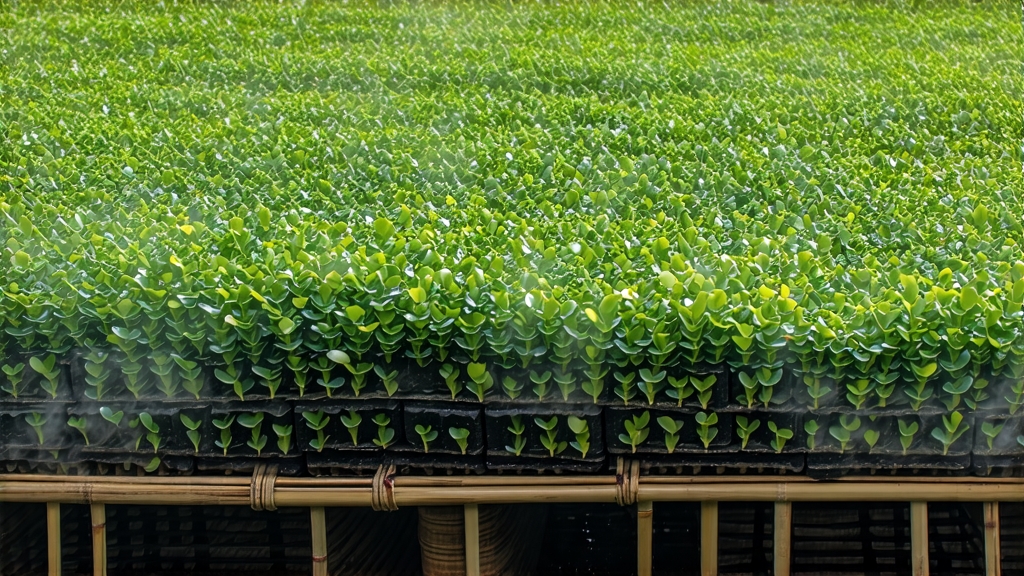
Tucked away in the humid, karst-pocked southwest of China, the small district of Liu Bao in Guangxi Wuzhou has been quietly producing one of the most cellar-worthy, appetite-whetting black teas on earth for over 1 500 years. International drinkers usually meet Pu-erh first, yet Liu Bao—older in written record, subtler in fermentation, and once the ballast tea that kept 19th-century Southeast Asian dockworkers upright—remains a delicious blind spot. This article opens the bamboo basket and lets the camphor-sweet fragrance out.
-
From Tribute to Dockside Staple
Tang dynasty chronicles (863 CE) already list “Cangwu dark tea” shipped from the nearby port of Cangwu to the imperial court, a name historians equate with early Liu Bao. By the Qing Qianlong era (1736–1795) the tea was packed in plaited bamboo baskets, loaded onto bamboo rafts, floated down the Liujiang River to the Pearl River delta, and re-loaded onto junks bound for Kuala Lumpur, Penang and Singapore. In the tropics the tea continued to ferment inside the baskets, acquiring a mellow, ruddy liquor that cooled the body and cut through greasy hawker food. Overseas Chinese dockers called it “kopi ti-le” (iron-iron tea) and drank it sweetened with condensed milk; British planters in Malaya traded cigars for bricks to calm their malaria fevers. Back in Guangxi, Liu Bao became one of the “Three Famous Black Teas of the Qing” alongside Pu-erh and Anhua Dark, yet the 20th-century wars and the closure of river trade nearly erased it. Revival began only in 2003 when Guangxi researchers rediscovered the microbial fingerprint of the original wet-piling yeast, and today small family workshops once again send fragrant baskets down the mountain roads. -
Terroir: Where Camphor Meets Mineral Mist
The Liu Bao micro-region lies at 23–24 °N, 300–800 m above sea level, inside a subtropical monsoon belt that delivers 1 600 mm of rain wrapped in fog for 220 days a year. The soil is a sandy, slightly acidic laterite rich in kaolin and quartz; drainage is so rapid that tea roots plunge three metres, mining potassium and rare earths that translate into a bright, minty finish in the cup. Most gardens are seed-propagated descendants of the original large-leaf Camellia sinensis var. assamica, inter-planted with towering camphor and Chinese honey locust whose roots exchange terpenes with the tea, giving the leaf its signature cool, medicinal nose even before processing begins. -
Craft: The Secret Life of Wet Piles
Liu Bao is a post-fermented tea, but its “wet piling” (wo dui) predates the Yunnan technique by at least a century. Fresh leaves are picked as one bud-with-three-leaves in early April, withered under mountain shade for four hours, then wok-killed at 200 °C for eight minutes to arrest oxidation while keeping enzymes intact. Rolling is done on bamboo trays: 30 minutes of light twisting until the leaf spine cracks yet the blade stays whole. The innovation comes next: the maocha is steamed for 90 seconds, piled 70 cm deep on cement floors lined with bamboo mats, and sprayed with native spring water until moisture reaches 38 %. The pile is covered with jute sacks and left to ferment for 25–35 days, turned every five days to re-introduce oxygen. A yeast consortium dominated by Blastobotrys adeninivorans and Aspergillus chevalieri—species almost absent in Pu-erh—produces distinctive metabolites: tetramethylpyrazine (the cocoa note) and camphor borneol that later evaporates into the famous cooling aftertaste. When the pile core stabilises at 28 °C and the leaf turns chestnut-brown, the tea is sun-dried for three consecutive mornings, then rested in bamboo baskets for three months so the “fire” of fermentation disperses. -
Aging: Bamboo, Cellars, and Time
Unlike Pu-erh cakes, Liu Bao is almost always packed in plaited bamboo baskets called lang. The bamboo is harvested in autumn, split, soaked in spring water for a week, then woven into 30–50 kg cylinders lined with untreated